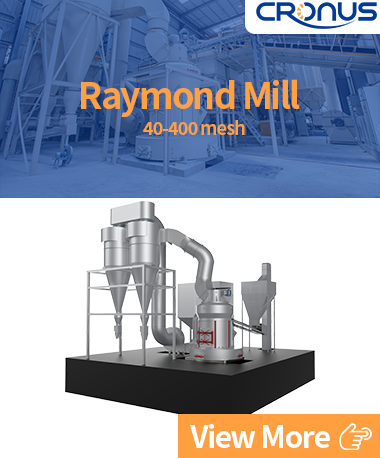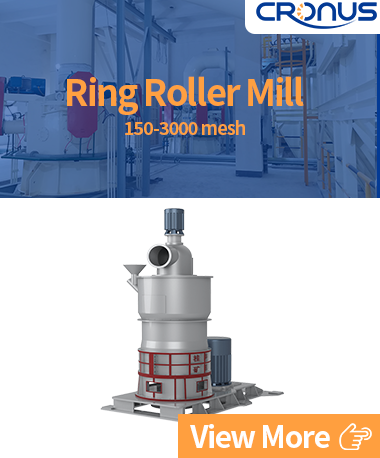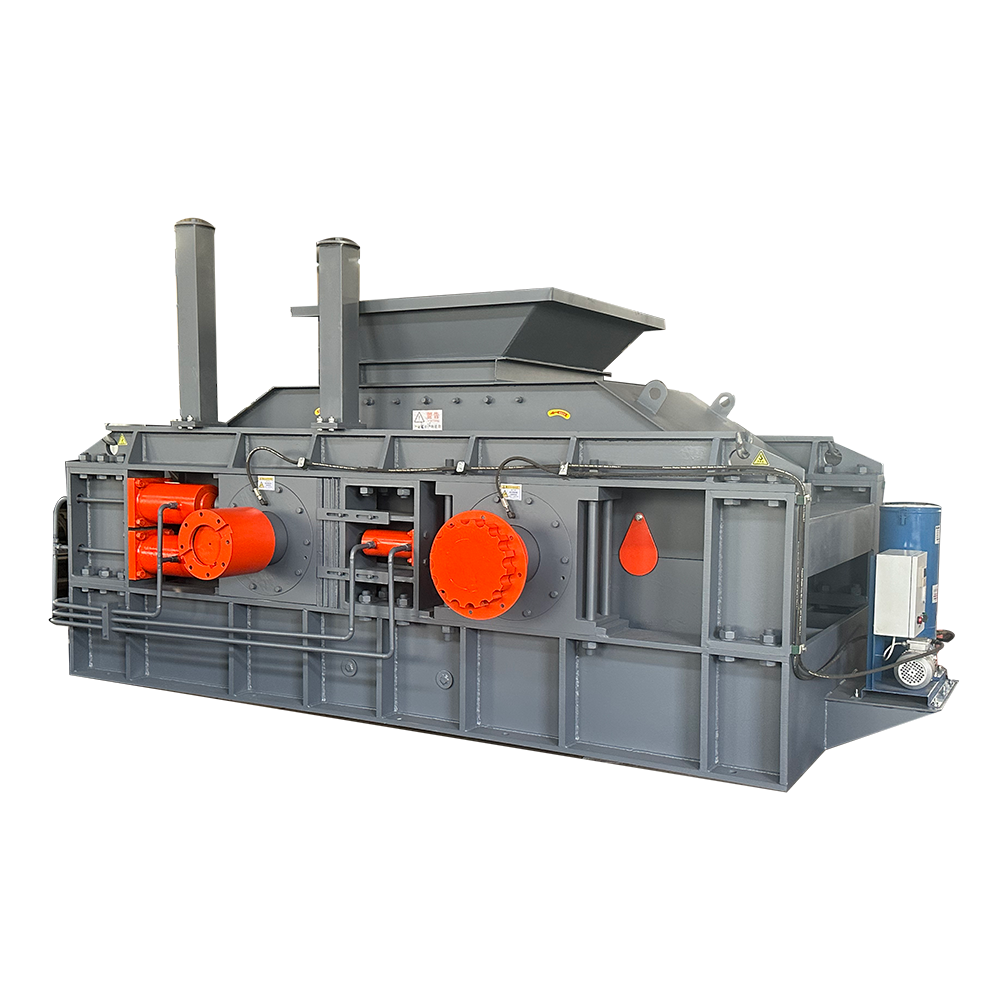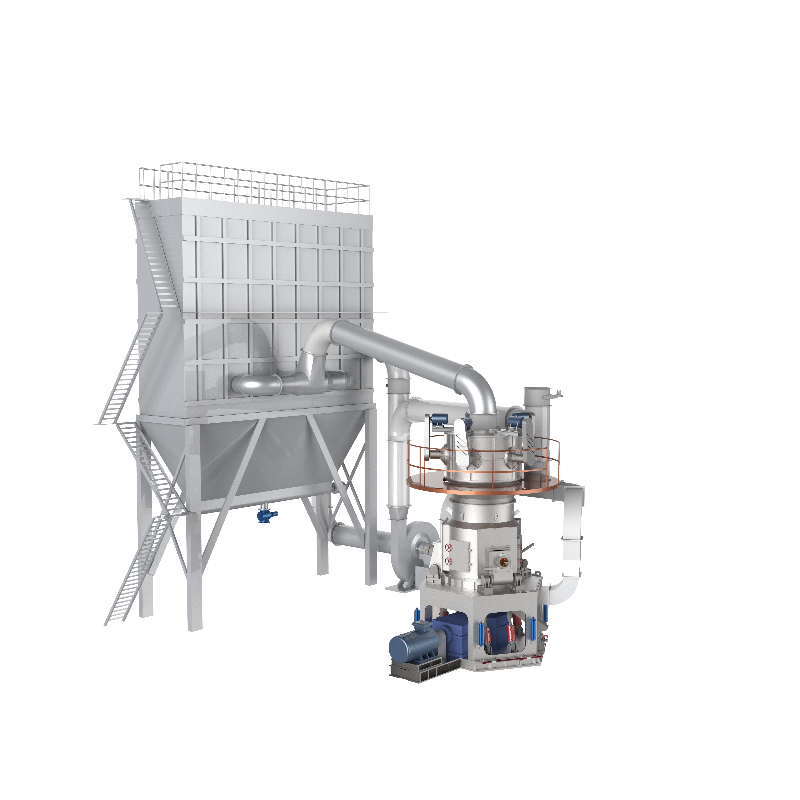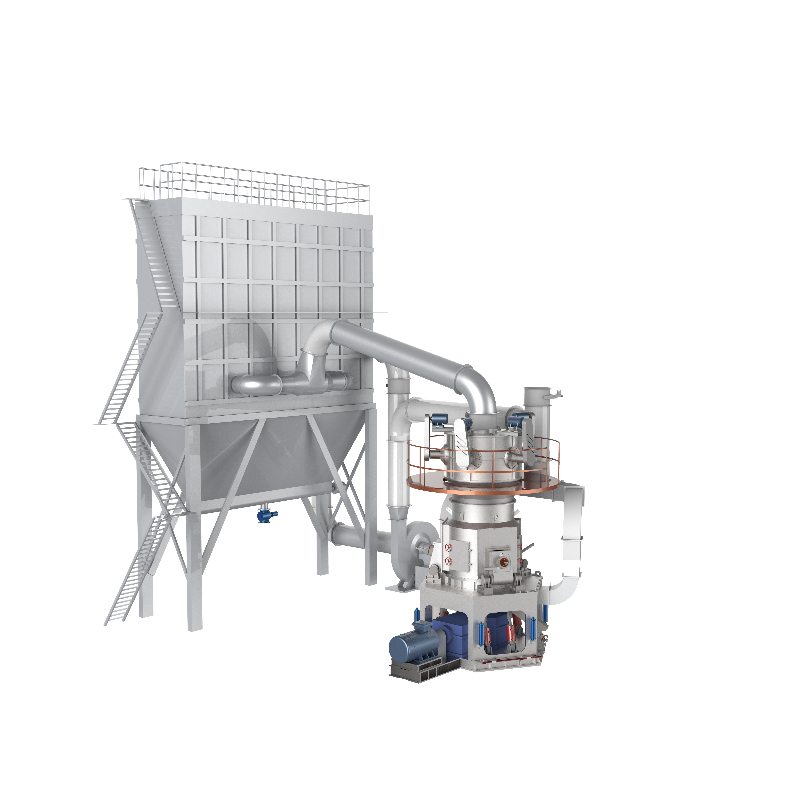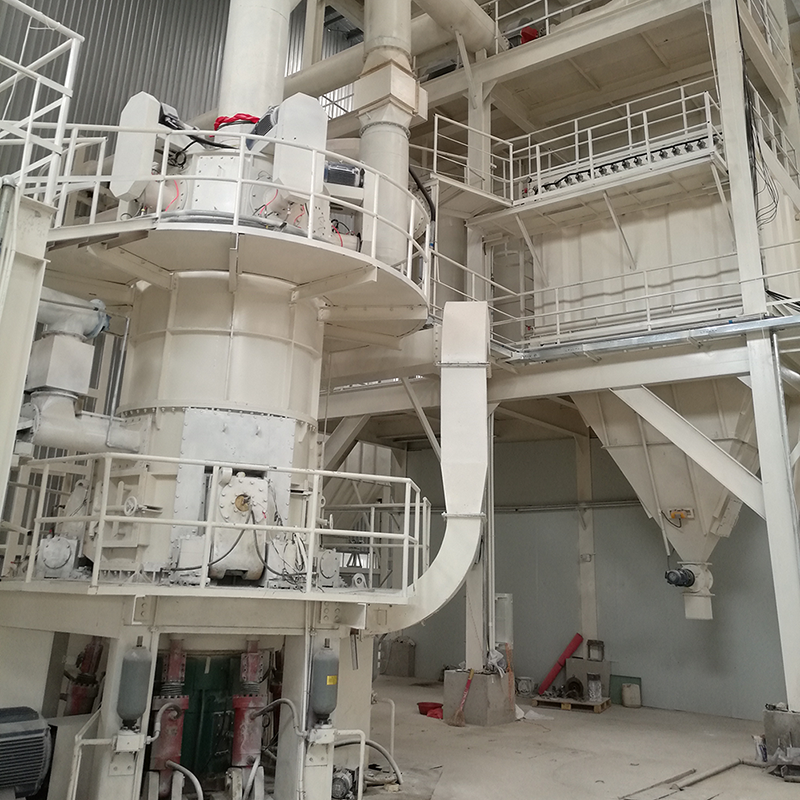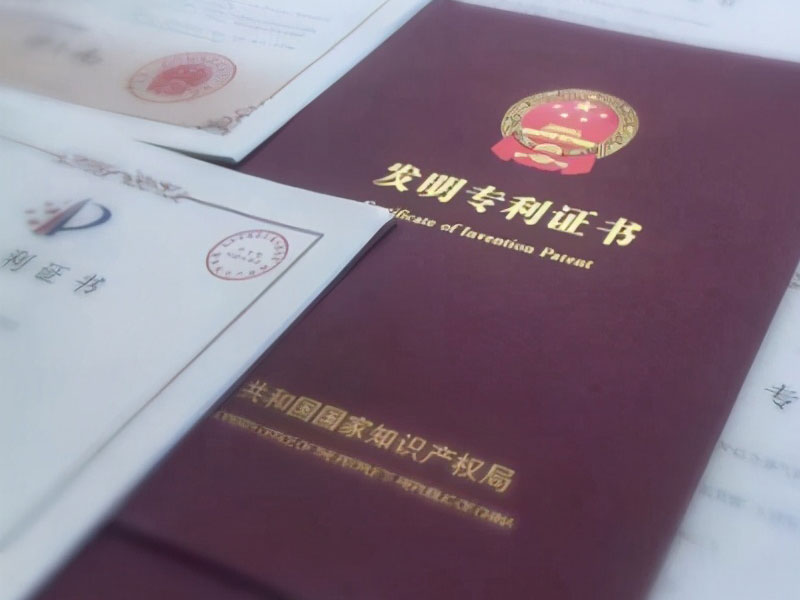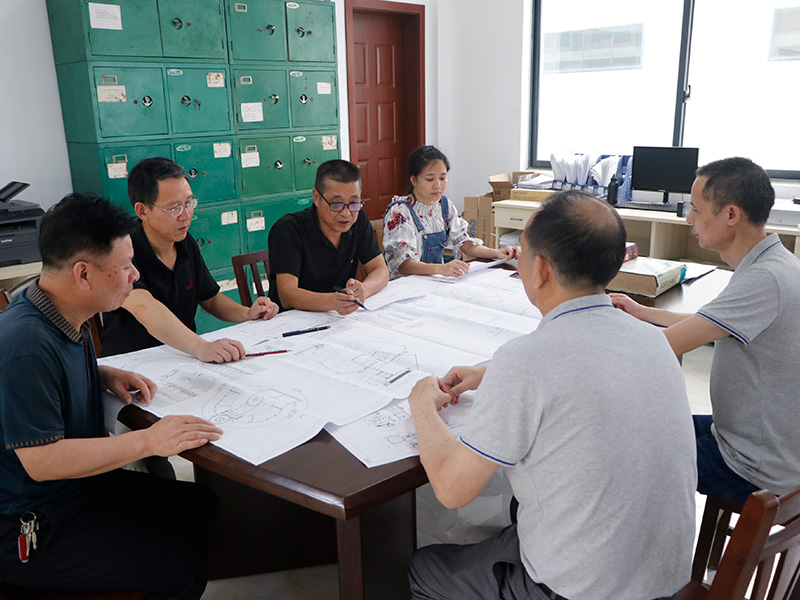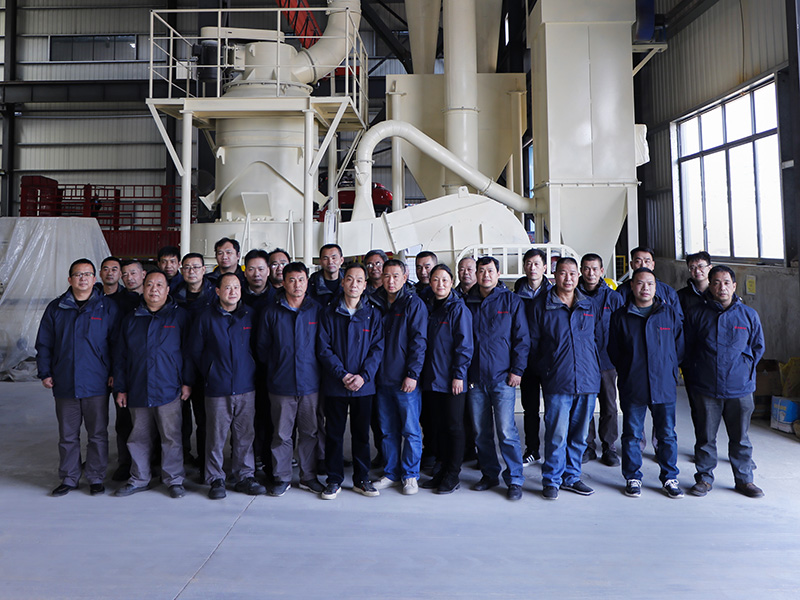Calcite carbonate is a calcium carbonate mineral with a chemical formula of CaCO₃. Its crystal structure is rhombohedral and is often produced in a variety of forms such as blocks, granules, and stalactites. Calcite has a relatively low hardness, with a Mohs hardness of about 3, and is soft in texture. It is easy to break into a smooth plane along the cleavage plane when struck.
Construction Industry
Calcite is an essential raw material for the production of cement, lime and building stone. In cement manufacturing, calcite is calcined to form calcium oxide (CaO), a key ingredient in clinker production and increases cement strength.
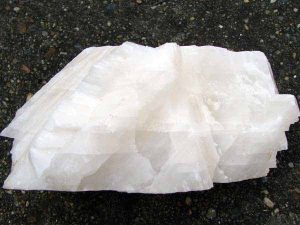
Chemical Industry
Calcium carbonate filler used in the manufacture of plastics, coatings and additives to increase the rigidity, hardness and heat resistance of products. Widely used in pipes, sheets and molded plastics.
Equipment structure and working principle
Raymond mill is mainly composed of main machine, analyzer, blower, feeder and other parts. As a high-efficiency grinding equipment, Raymond mill plays an important role in the field of calcite carbonate processing. When working, the motor drives the grinding roller to rotate, and the material is squeezed and ground between the grinding roller and the grinding ring. The crushed material enters the analyzer for classification under the action of airflow, and the qualified products enter the collection system, and the coarse particles return to continue to be crushed.
Process characteristics
Raw material pretreatment
The calcite raw material must first be crushed to less than 25mm by a jaw crusher to ensure uniform feed particle size. At the same time, impurities such as soil in the raw material must be removed to ensure the purity of the finished product.
Grinding control
The finished product fineness can be accurately controlled by adjusting parameters such as grinding roller pressure, analyzer speed and air volume. For calcite of different hardness, the process parameters need to be adjusted accordingly.
Finished product collection
The two-stage collection system of cyclone separator and bag filter is adopted to ensure product recovery rate and meet environmental emission requirements.
Technical advantages
Small footprint, strong completeness
Uniform fineness of finished products, screening rate of 99%
Stable and reliable transmission system
Key components are made of wear-resistant materials
High degree of automation
